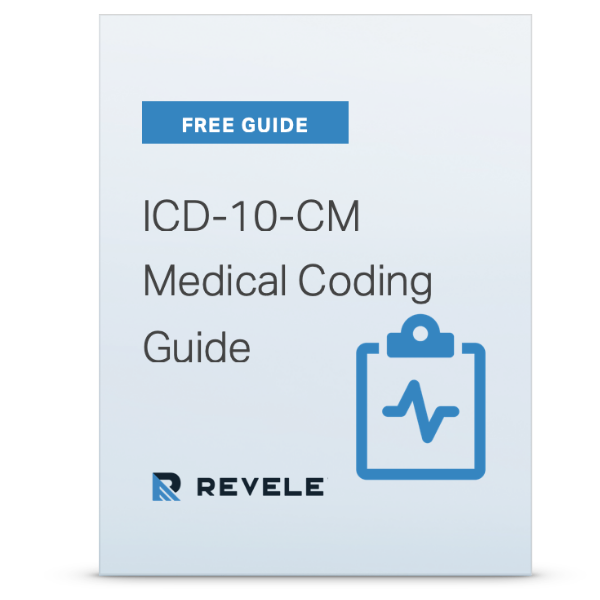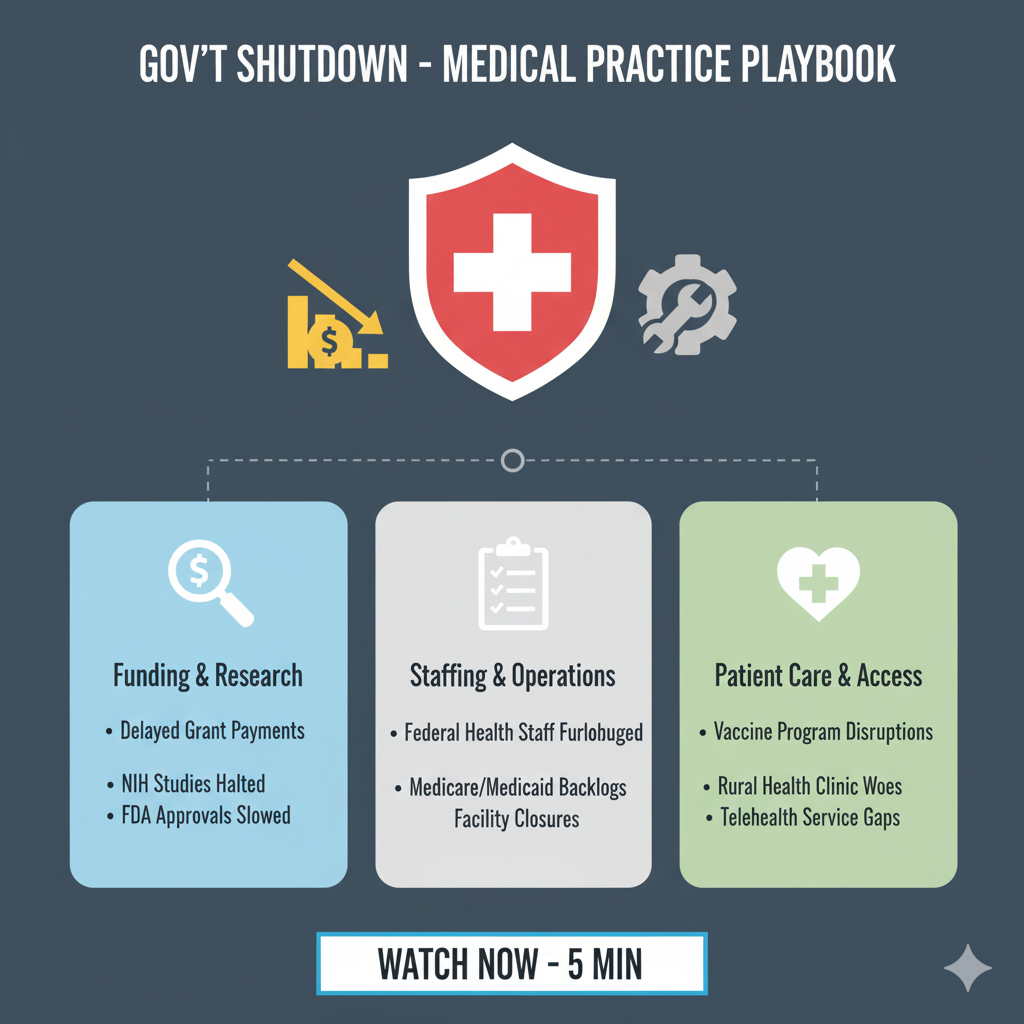Increasing plan deductibles might be a sound solution to slowing health care cost growth, but these high deductible health plans pose a new array of challenges to healthcare revenue cycle management. The number of people covered by an employer-sponsored high-deductible health plan (HDHP) is growing while almost 90% of enrollees in Affordable Care Act (ACA) in Affordable Care Act (ACA) Marketplaces have a HDHP. Communicating financial responsibilities to your patients is no longer optional, it's essential.
The shift to more consumer responsibility for healthcare costs will likely mean a rise in bad debt as patients who don't understand their plans end up facing bills they can't pay.
A large number of policy holders in the current individual market could also be first time policy holders meaning they're less likely to be familiar with the terminology surrounding health insurance coverage.
Almost 68% of covered workers pay a copayment (a fixed dollar amount) for office visits with a primary care or specialist physician, in addition to any general annual deductible their plan may have.
For in-network office visits, covered workers with a copayment pay an average of $24 for primary care and $37 for specialty care according to the Kaiser Family Foundation.
Those who purchase plans through the individual market have the option of choosing silver, gold, or bronze-level coverage, but depending on the plan, co-pays could be as high as $70 for a specialist.
Co-pays and coinsurance are easy to confuse, yet patients' understanding of the difference between the two can affect your practice's bottom line. Co-pays and coinsurance should be discussed as early in the patient encounter as possible.
Once a patient makes an appointment and informs your appointment scheduler of which insurance plan he or she has, work can begin on making revenue cycle management smoother at every step of the patient encounter.
Explain Co-pays and Coinsurance Separately
Co-pays and coinsurance aren't the same things, but there are similarities. A co-pay is a set amount that a patient pays when receiving healthcare services. It's usually the same for in-network general practitioners and often slightly higher for in-network specialists. Co-pays are higher for out-of-network physicians.
Coinsurance amounts paid by patients aren't fixed, but depend on how much of a service the insurance company reimburses. For example, if a plan reimburses 90% of the cost of a service, the patient will be required to pay the other 10%. Co-pays and coinsurance are two different things.
Co-pays Apply Toward Annual Out of Pocket Maximums
Co-pays apply even after a patient meets his or her annual deductible. Fortunately, they're set and predictable, so once a patient understands what a co-pay is, he or she will understand that they apply to every physician visit, even after the annual deductible is met.
Co-pays only go away once a patient reaches their annual out-of-pocket maximum, and that doesn't usually happen unless the patient has substantial medical expenses within the time frame of one calendar year.
Generally, it's sufficient for patients to understand that co-pays are fixed payments, and they're paid for every visit, regardless of deductible.
Coinsurance Applies Toward the Deductible
Depending on how high the patient's deductible is, coinsurance payments may drop significantly after several visits.
If, say, a patient's deductible is $1,000, once he or she has made $1,000 in coinsurance payments (to your practice or another provider), the only responsibility for covered services thereafter is for the remainder left over after the insurance company reimburses the provider.
So, while a coinsurance payment in January may be $200 to $300, closer to the end of the year, say, a patient who has met the deductible will be responsible for a much smaller coinsurance amount for subsequent visits.
What About Physicians Who Waive Co-pays?
In parts of the country with managed care saturation, there are physicians who waive co-pays for their patients.
While it sounds like a nice thing to do, and a way to get people to schedule more visits, it can ultimately cost patients more in terms of higher premiums due to higher utilization. Some people interpret regularly waived co-pays to be a form of fraud, amounting to a false claim, since doctors who do this typically inflate their provider-billed charges.
If you don't waive co-pays, but practice in a community where this is common, you may have difficulty getting patients to pay up. It can help if you explain how insisting upon co-pays can ultimately help keep premiums under control.
Co-pays may seem like token amounts but in reality they are essential to revenue cycle management. Those unpaid $10 or $20 co-pays that your billing team doesn't follow up on can add up to significant money over the course of a year.
An increasing number of practices collect co-pays when the patient signs in for his or her appointment, which increases the co-pay collection rate while making patient out-processing simpler.
Having a written financial policy, communicating it to patients, and following up to ensure co-pays don't go uncollected can have a measurable positive effect on your revenue cycle management.








